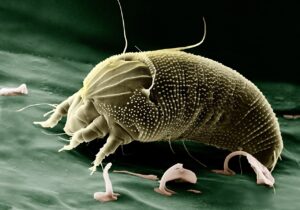Older children and teenagers are suffering adverse effects from carbon monoxide and nitrogen dioxide, according to a new study.
Research from the US has identified a link between fatigue and distress among adolescents, and spikes in carbon monoxide (CO) and nitrogen dioxide (NO2).
The study, conducted over two years, looked at how people aged between 10 and 19 years felt the day after low air quality periods. The work involved linking objective air pollution measurements to self reports from participants.
422 Mexican-American adolescents in Los Angeles County, California were involved in the study, with robust, within-subject analysis of 9,696 observations conducted to reveal that respondents complained of increased fatigue levels and emotional distress following periods where NO2 and CO were at higher levels than normal.
Of the two gases, NO2 was shown to be the most significant contributor to fatigue. In contrast, although there was heightened emotional distress recorded following CO spikes without NO2, fatigue did not appear to be an issue in those instances. First published in the journal, Nature, you can read the full study here.
Earlier this year, Air Quality News reported on an investigation by the US Health Effects Institute which revealed the world’s worst cities for NO2 pollution. However, the work was impeded by a widespread lack of air pollution measuring infrastructure capable of giving readings of the gas. In other related news, over the past five years NO2 levels in London have declined five times faster than the national UK average, with the city’s central Ultra Low Emission Zone believed to be a major contributor to the drop.
Image: Bruce Dixon


















Leave a Reply